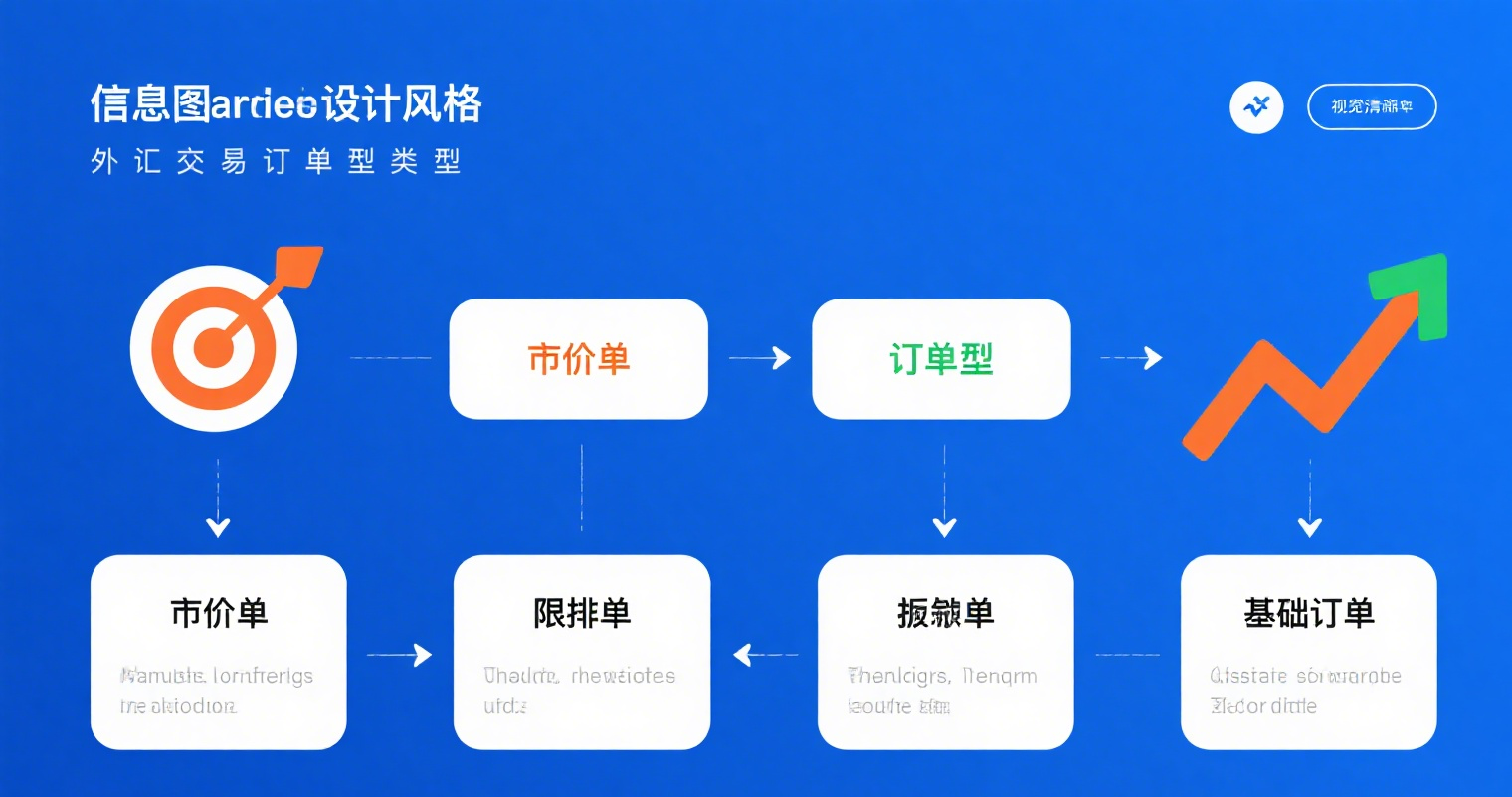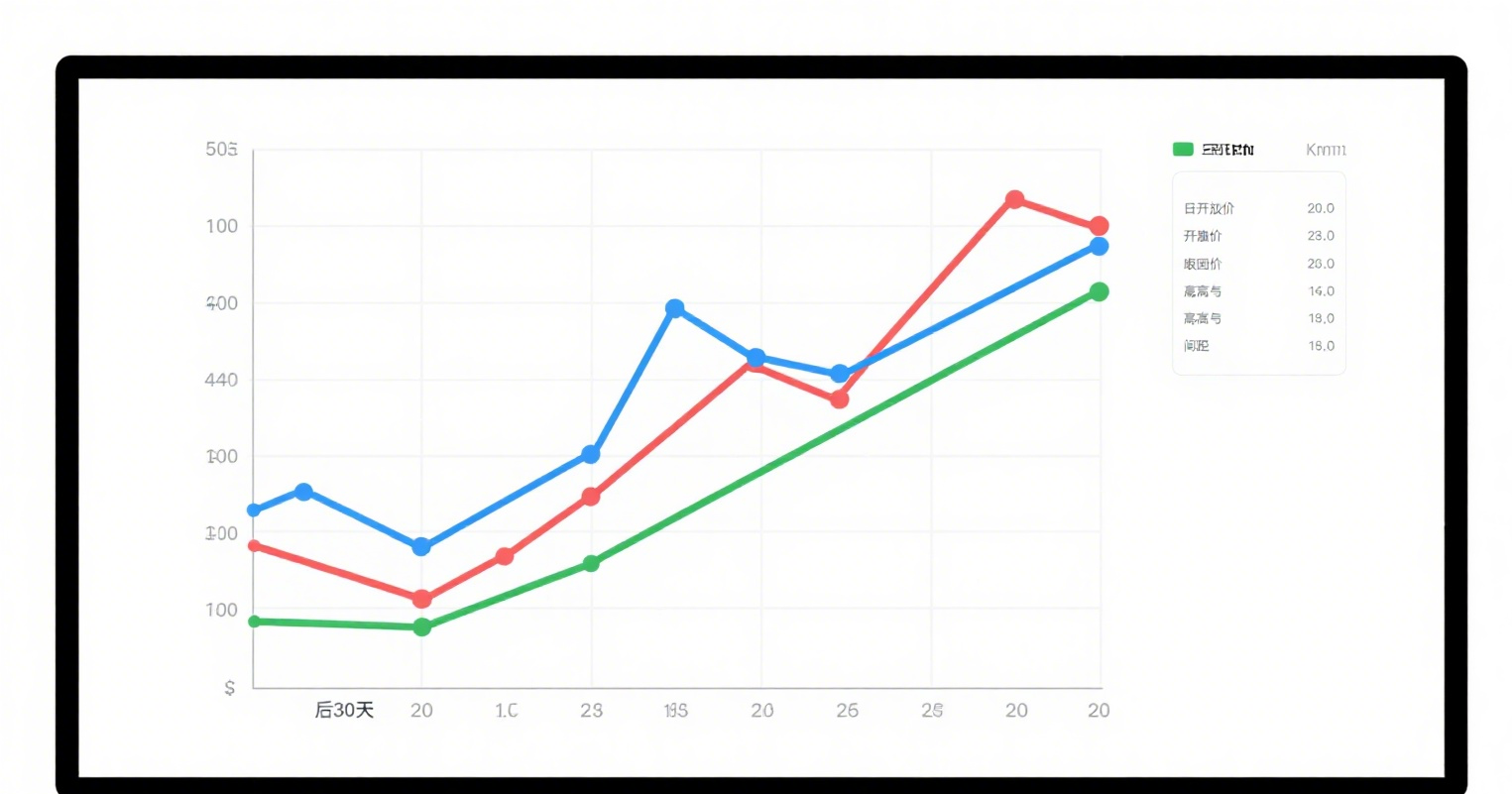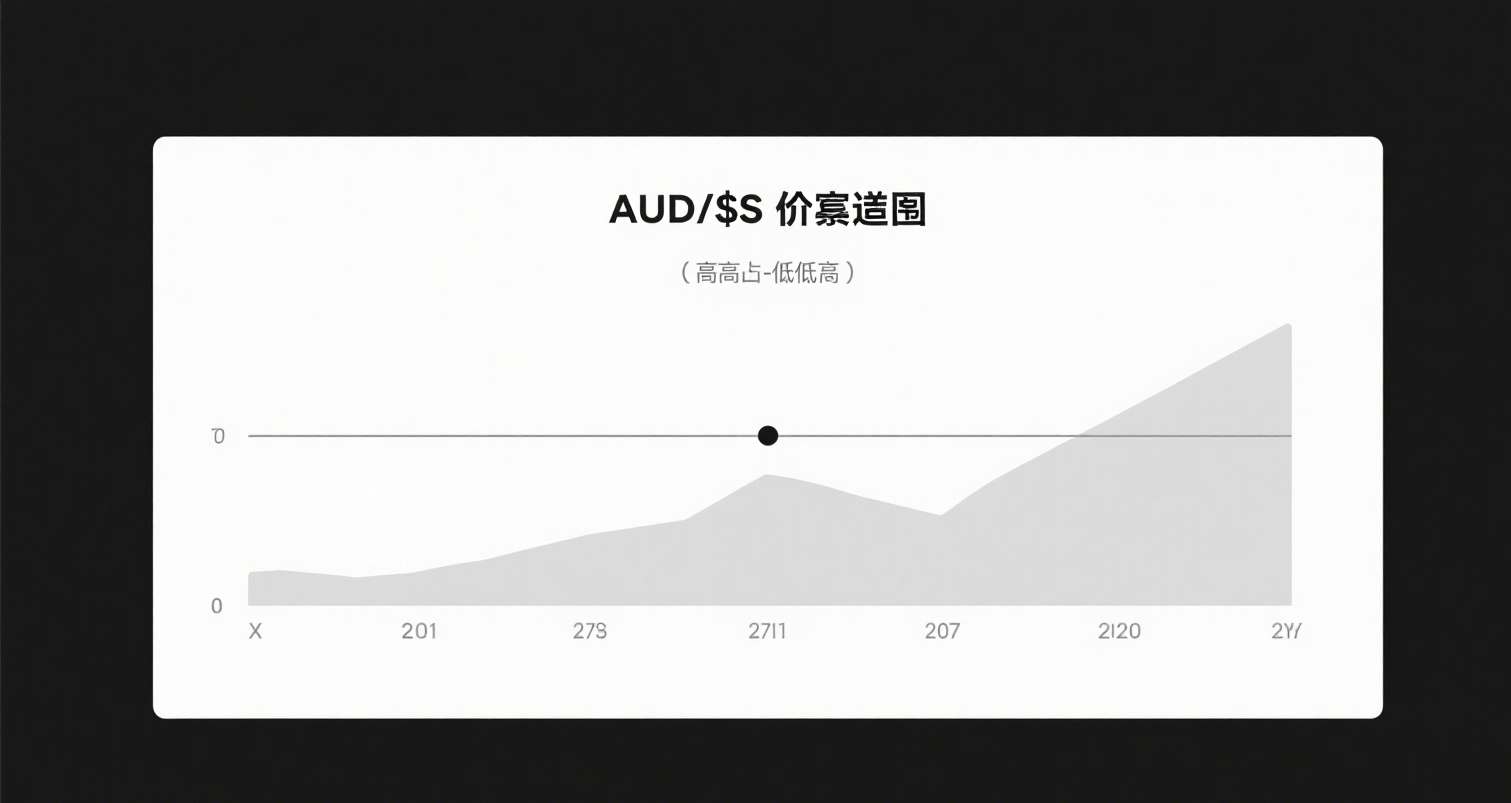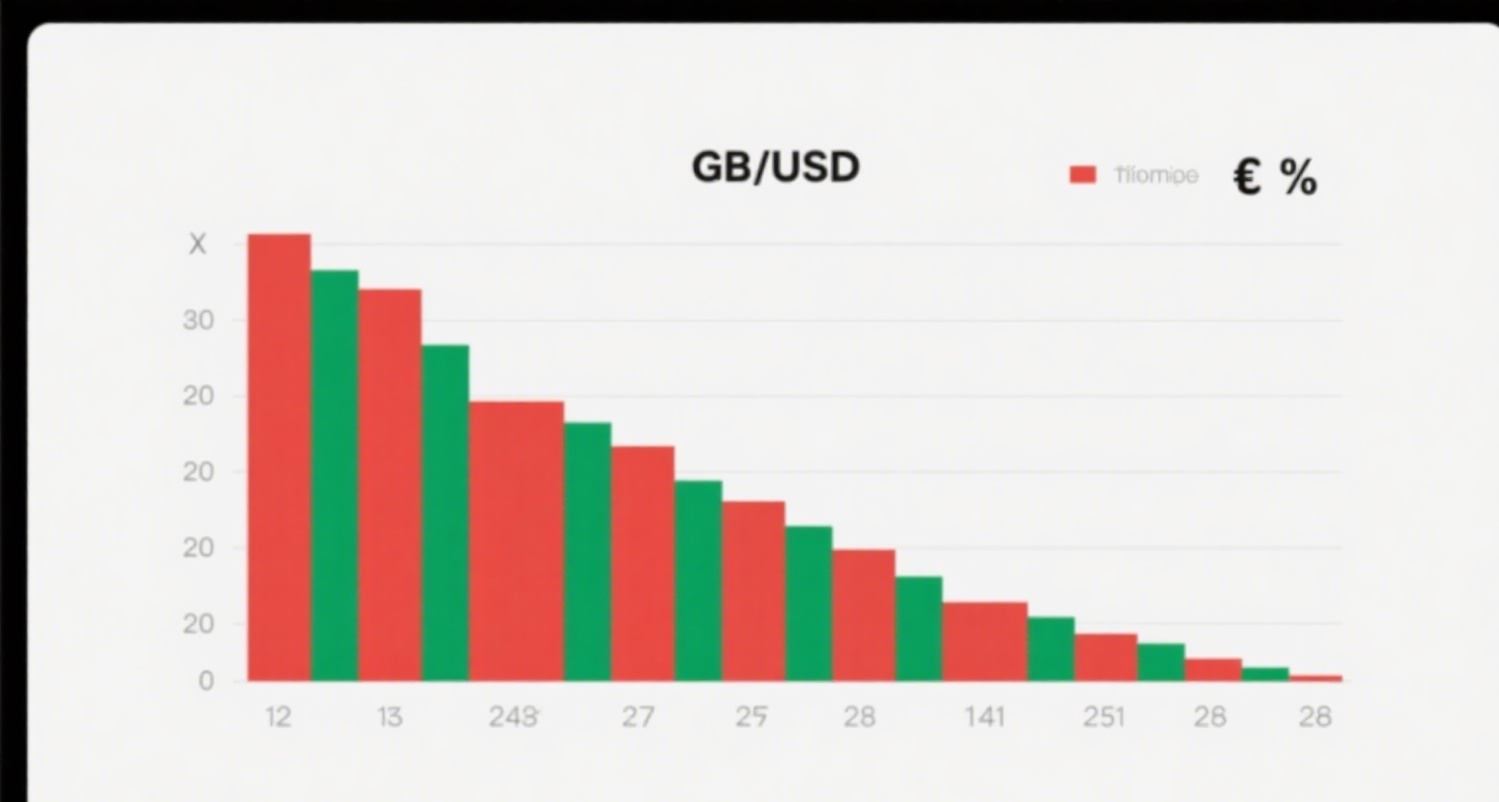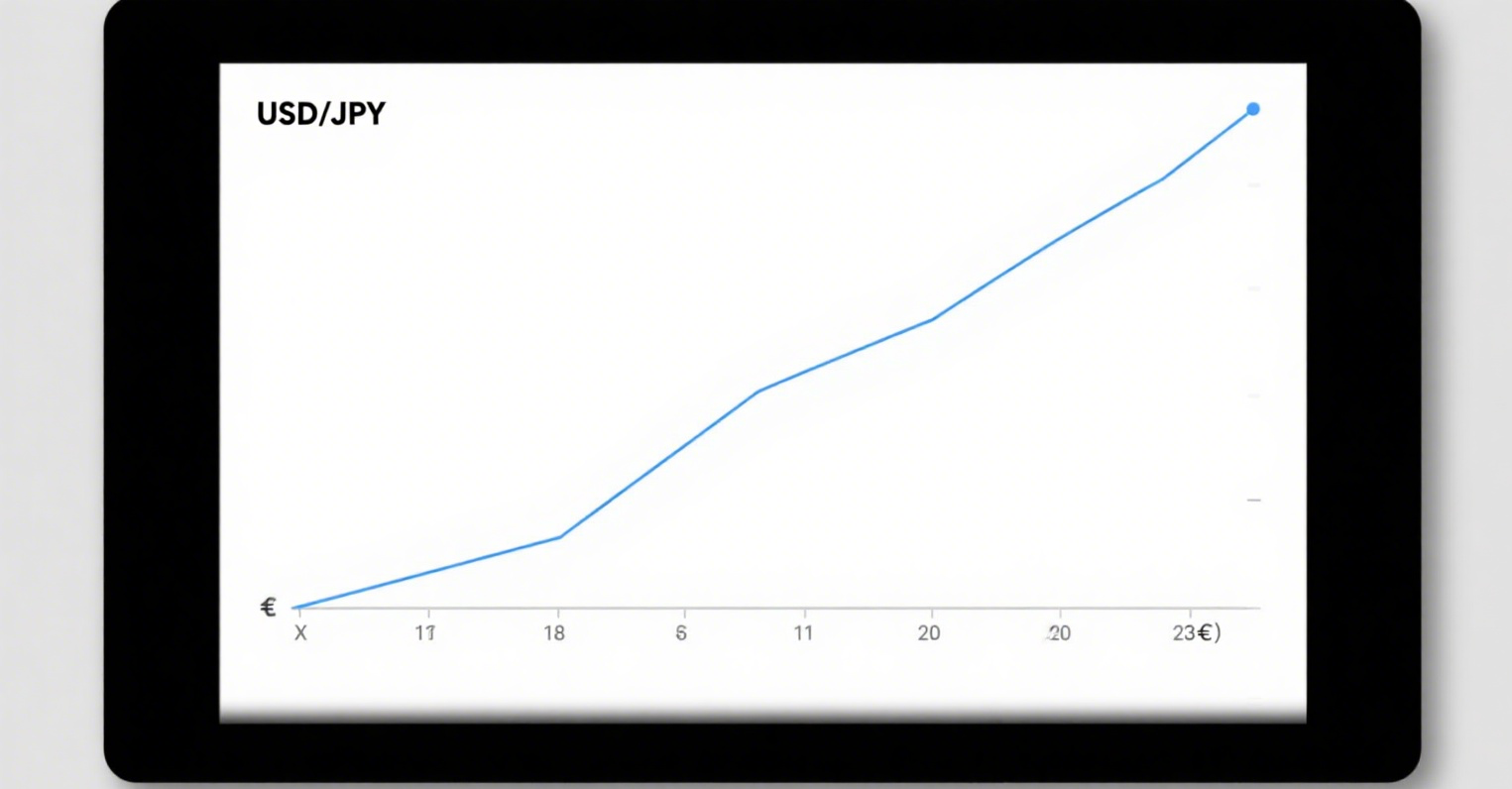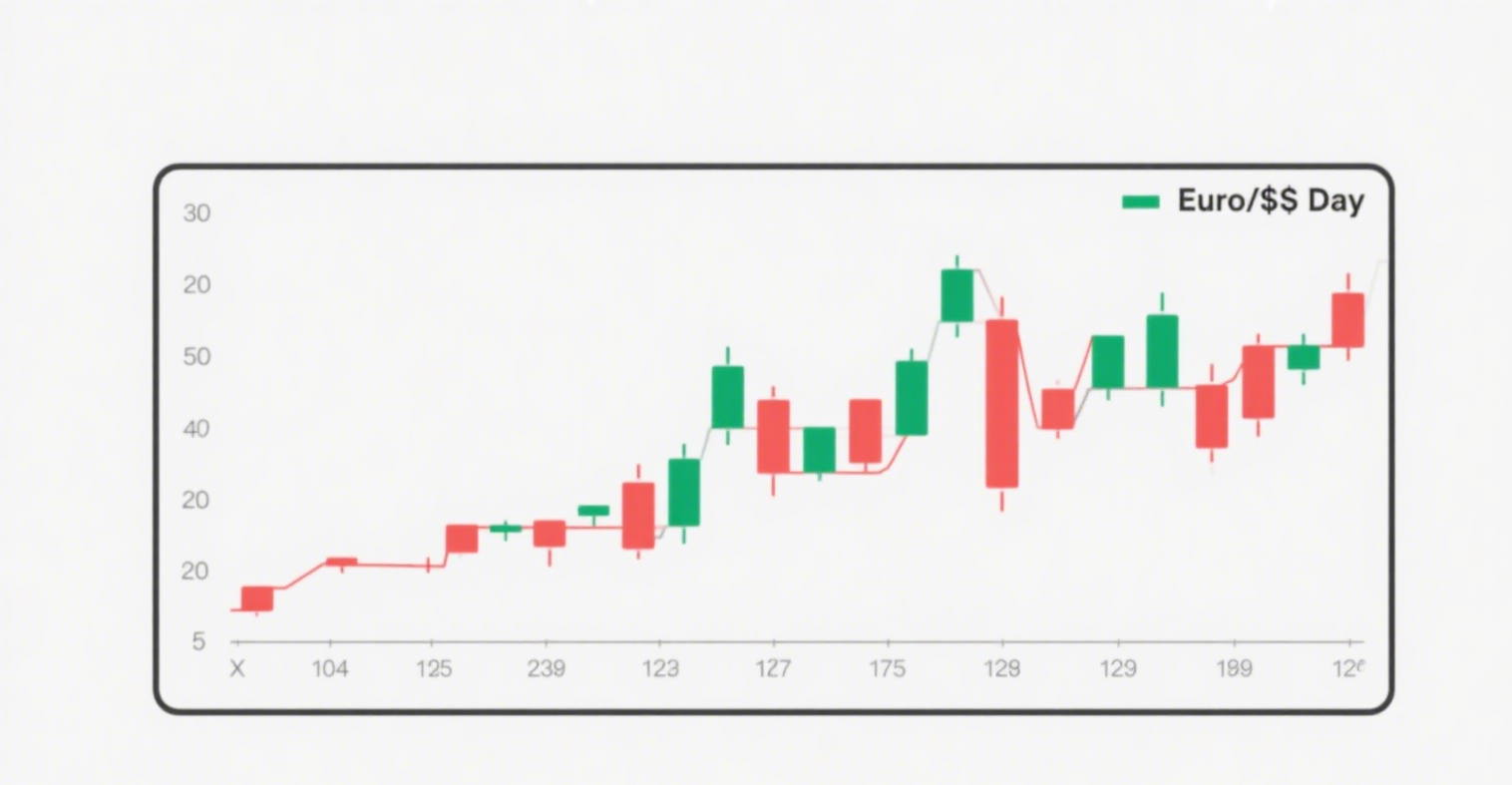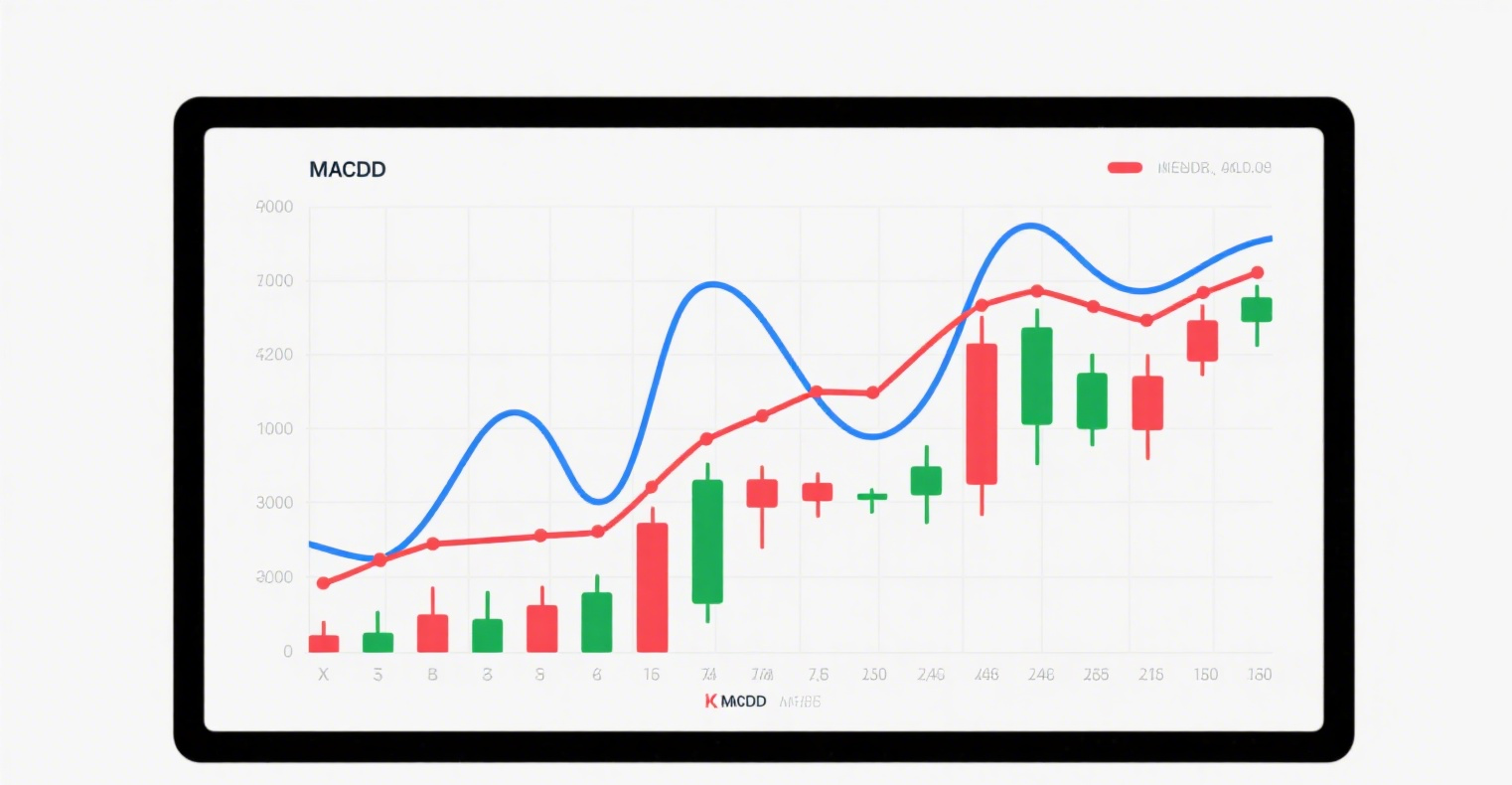
The Essence of Ultra-Short-Term Trading
I define ultra-short-term trading as T+1 or T+2—buying today and selling tomorrow, or the day after. The core idea is to chase stocks that can surge or even hit consecutive limit-ups, aiming for quick profits. The process is: review the market → select stocks → make a plan → buy or skip → sell if the stock doesn’t hit the limit-up the next day, and repeat.
So, what’s the essence of ultra-short-term trading? It boils down to three words: don’t lose. Some might laugh—how is that possible? Let me explain. Here, "don’t lose" means avoiding major drawdowns. How? Follow these three rules:
-
Quick In, Quick Out. If you buy today and sell tomorrow, the theoretical maximum loss is 30 points (the worst-case scenario for limit-up trading on the main board; I don’t trade 20cm limit-ups, so this is my personal limit). What are the odds of this happening? Maybe you catch three straight limit-ups for a 50-point gain, then take a -30-point hit—you’re still net positive. So don’t worry; as long as you trade quickly, there’s no major drawdown risk.
-
Avoid Potential Landmines. For example, stocks that have already risen too high with heavy turnover, or those with earnings fraud, financial risks, etc. In short, if there’s any negative potential, skip it. It’s okay to sit out a day or two.
-
Set and Strictly Follow Stop-Loss/Take-Profit Rules. My stop-loss is usually -10 points, and take-profit is 20-30 points, but I start reducing positions at 10-15 points. Of course, this depends on the situation. For instance, Jin’an International hit a one-word limit-up yesterday, so I didn’t reduce at 20 points. Today, I exited with a 21-point profit. Don’t regret not selling at the peak—staying calm is key to profitability.
Beyond controlling drawdowns, here are a few more tips:
-
Develop Your Own Strategy. Stick to what you’re most familiar with and can profit from consistently, such as weak-to-strong reversals, first limit-ups, 1-to-2 transitions, end-of-day buys, first pullback of leading stocks, second waves, or oversold rebounds. Once you find your edge, refine it—don’t jump between methods.
-
Find Your Rhythm. This rhythm reflects your market understanding. Different phases of the sentiment cycle suit different traders. Some profit best when new themes emerge, others excel in catch-up rallies, while some specialize in oversold rebounds. Review your past trades, identify your most profitable phases, and solidify your rhythm.
-
Learn to Rest. True masters of ultra-short-term trading know when to pause—after big wins, after two consecutive losses, or when market risks are too high. Those who trade daily without breaks are either like me (writing articles and refining models), professional traders, or—most likely—amateurs. Forcing trades is a red flag. Only trade when you’re confident, which means waiting for the right opportunity. Statistically, daily trading has a >50% loss probability, rising to >80% in bad markets—unless you’re a genius.
In summary: Ultra-short-term trading requires controlling drawdowns, knowing when to rest, and constant review and reflection.










